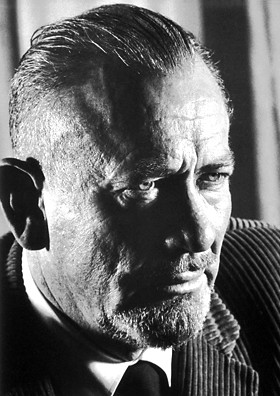From the San Luis Telegram Tribune January 26, 1896 through
February 1, 1896 (compiled by Wilmar Tognazzini)
Jake See
Interesting Chapter
In His Eventful Career
Charged with Cutting
Timber on Government Lands in the Madera
 |
| Jake See Photo Courtesy of James D. Mahar |
There will be sorrow for many a long day in See Canyon.
The usual quiet of that sequestered little nook, where romance is a theme, and
the mellow notes of the feathered tribe, ever anon from the leafy branches; all
has been broken into, and in a way which may or may not have been most
undesired.
When the sun rose yesterday there was a joy in every home in
the Canyon; when dropped behind the hills in sank to rest in the old Pacific,
there was a wide change. Surprises are nothing in See Canyon and are as
frequent as aspirants for office on the eve of the city election, but when
Deputy United States Marshal, B.T. Alford, came down the fold early yesterday
morning and placed Jake See under arrest, consternation reigned.
"Jake" has had an eventful career, but he has
settled down to pass the rest of his days in peace, and reinstate himself in
the good graces of the constables and officers of the law. Deputy United States
Marshal B. T. Alford of Fresno, arrived on the evening train Tuesday. He was
armed with a warrant for the arrest of See on a charge of cutting and
selling timber on government land in Madera County, near the Fresno line. The
complaint charges that the timber was cut on Section 10, Township 9, and is
sworn to before Commissioner Prince of Fresno. Early yesterday morning, before
the break of dawn, Marshall Alford hied himself away to See Canyon to
find his man. Jake was at home and made no objection to accompany the
officer to this city, where he was locked up in the County Jail until the
departure of the 10 o’clock train to Port Harford to meet the steamer. The
prisoner will be given a hearing before Commissioner Day of Santa Barbara, and
if held on the charge will be taken to Los Angeles for trial.
A Tribune representative secured an interview with Jake at
the Pacific Coast Railroad Depot, while he was awaiting the departure of the
train. In answer to numerous questions he replied as follows:
"The complaint charges that I cut timber from the
government claim in Madera County during the years of 1894 and 1895. I will
state that I am innocent of the charges. I have a claim in Madera County and
two mining claims, but I neither cut nor sold timber from government land in
that county or any county in the state. I think I know why this originated. The
man that swore to the complaint, William O'Neil is a personal enemy of mine,
and the arrest is due to spite work on his part. While I was living in Madera
County, O’Neil stole a set of harnesses from me. I met him one time on the
County road with my harness on his horse’s back. At the point of a pistol I
persuaded him to return the harness then and there. That is the cause of my
arrest," remarked Jake, as he stepped on the train.





